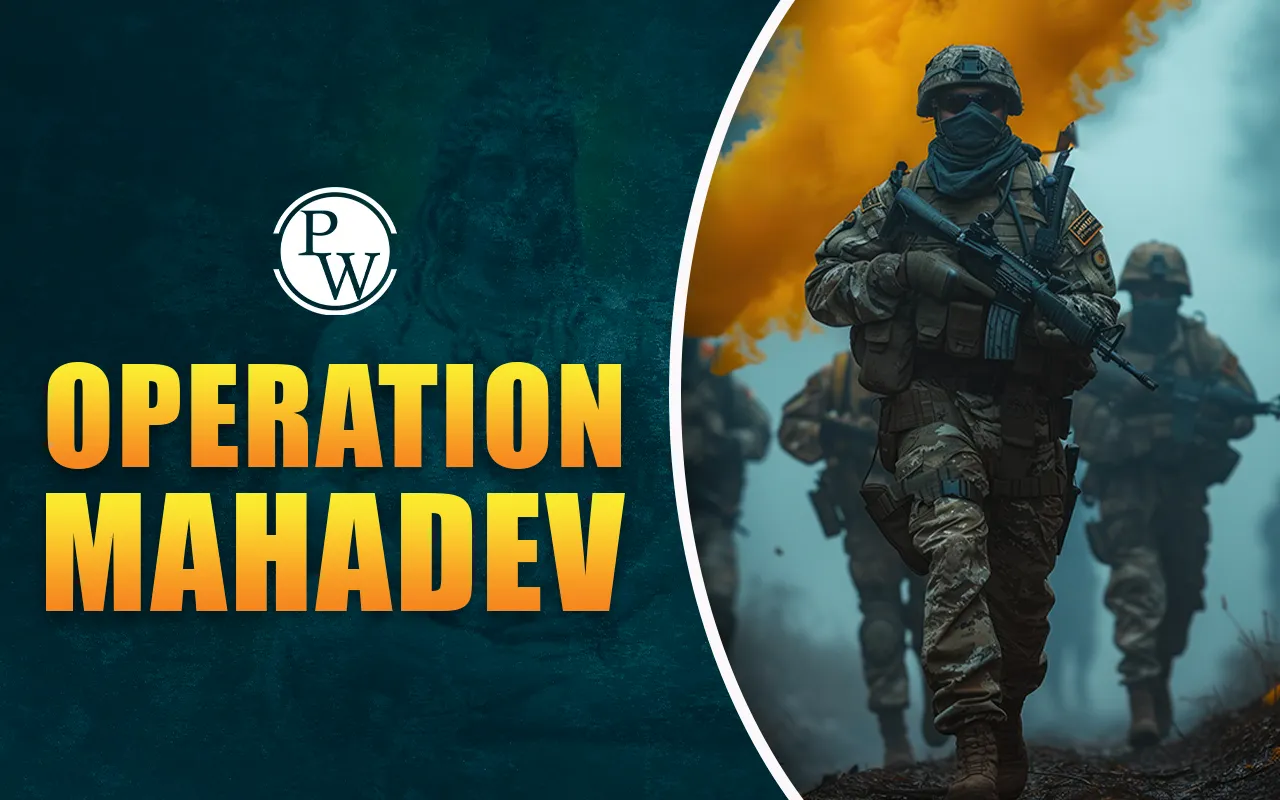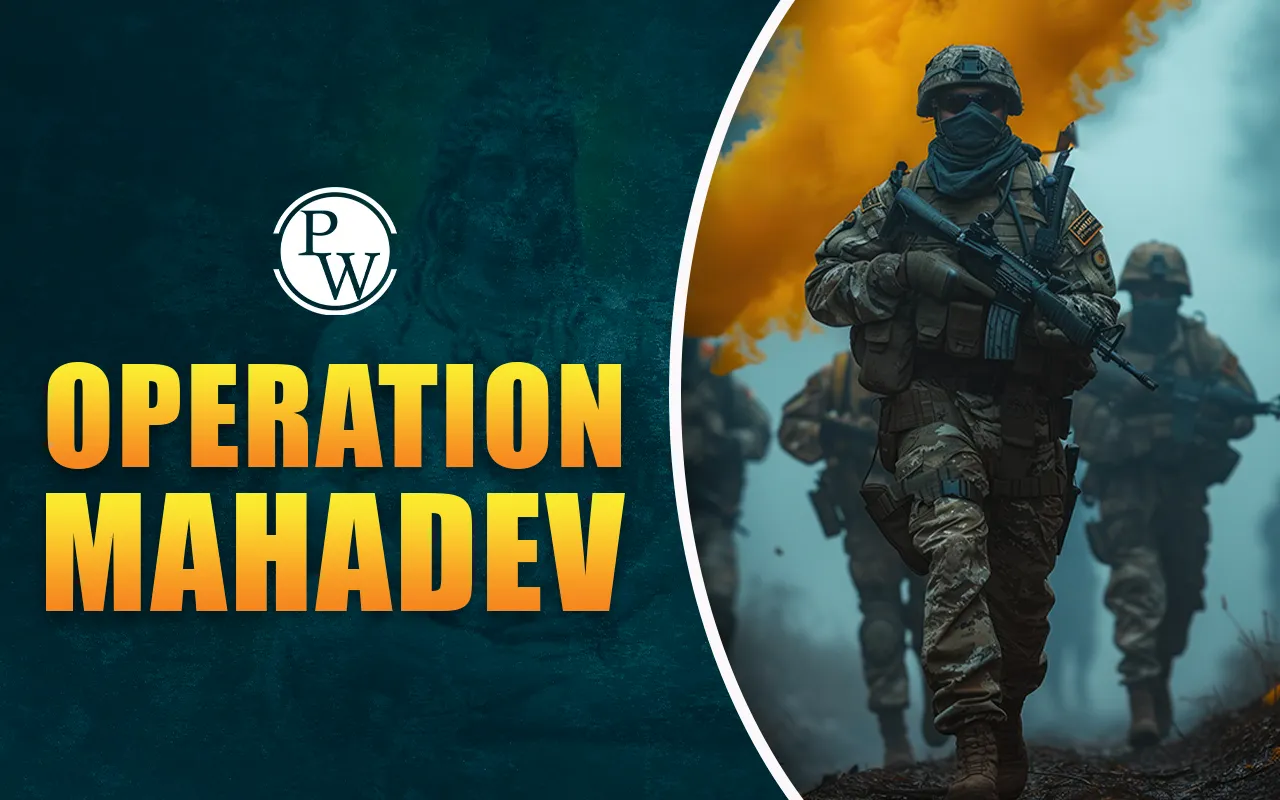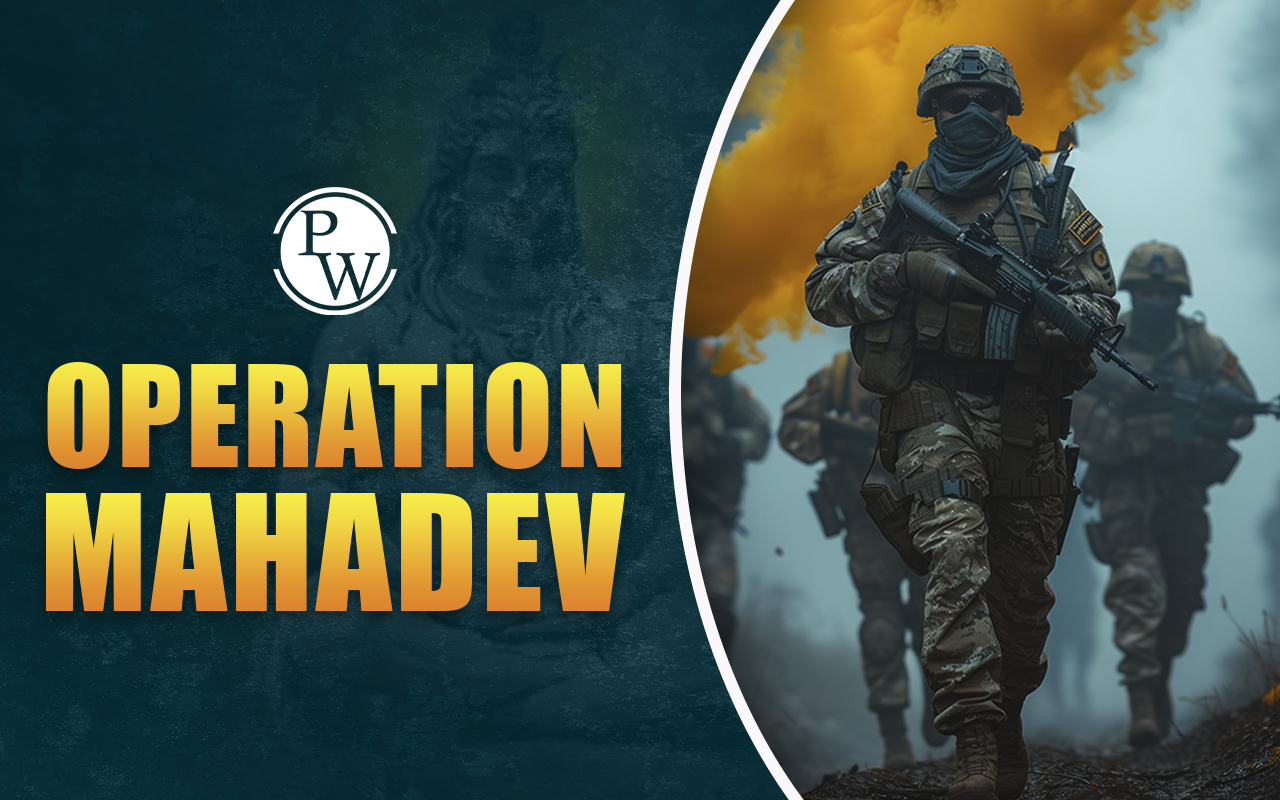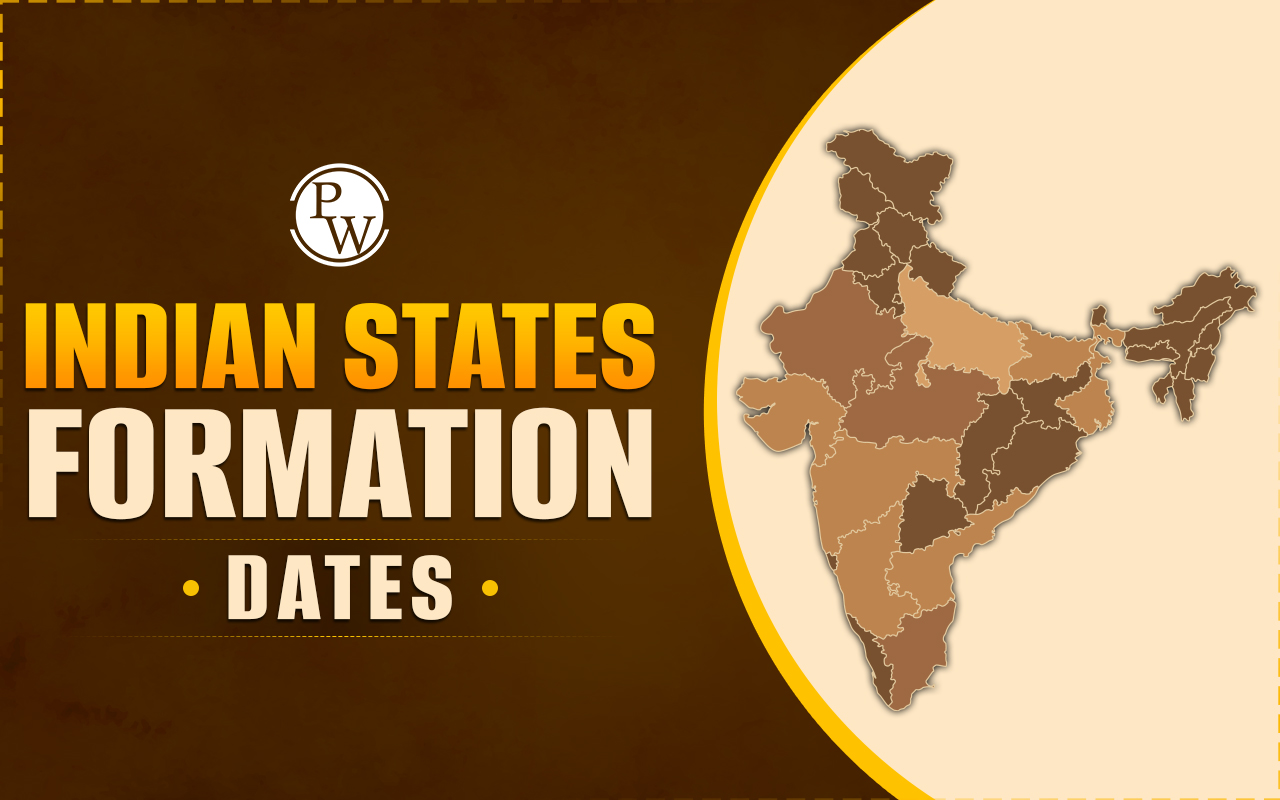

Operation Mahadev was initiated after a great technical surveillance check linked to terrorist activities on 28th July, 2025 (Monday). The Indian Army’s Chinar Corps, along with the CRPF and the Jammu Kashmir Police, both cumulatively carried out a high-intensity counterinsurgency strike. The operation was conducted in the Lidwas area near Harwan, which area located on the outskirts of Srinagar, Jammu & Kashmir.
It was around 11 AM that a joint team of the 24 Rashtriya Rifles and 4 PARA (Special Forces) detected the terrorist movement in the Mulnar-Harwan sector. After this revelation, a fierce firefight broke out, resulting in the neutralisation of three heavily armed Pakistani terrorists. Among them was Jibran, a top Lashkar-e-Taiba (LeT) operative who is allegedly linked to the Sonamarg Tunnel Attack.
What is Operation Mahadev?
Operation Mahadev is the recent strategic counterterrorism initiative that was launched by the Indian Security Forces. The attack was carried out with the blend of the Indian Army’s Chinar Corps, CRPF, and the J&K Police. The major aim was to eliminate terrorists linked to the April 2025 Pahalgam Attack.
The Operation Mahadev was carried out after a multi-layered surveillance input. Where the forces traced out the presence of the foreign terrorists in the Dachigam–Dara forest range, nearly 20 km from Srinagar.
To all those wondering about the name “Operation Mahadev”, we have got you covered. The name “Mahadev” has been derived from the Mahadev Peak, symbolizing both the geographical and cultural identity of the region. The operation largely underscores the growing synergy between intelligence, drone surveillance, and community-supported tracking.
Operation Mahadev Overview
Operation Mahadev, which was executed in the Lidwas-Dara forest zone, stands out as a textbook example of modern counterterrorism coordination. Therefore, to better understand its scope and execution, here is a brief overview. This table includes important operational parameters such as location, duration, etc. Check the table below to know about the same:
| Operation Mahadev Overview | |
| Feature | Details |
| Location | Lidwas forest, near Dara and Harwan in Srinagar, Jammu and Kashmir |
| Dates | 27–28 July 2025 |
| Forces Involved | Indian Army (24 RR & 4 PARA), CRPF, J&K Police, SOG |
| Outcome | 3 Lashkar-e-Taiba terrorists neutralised (including Jibran) |
| Support | Drone surveillance, local informants, technical interception |
| Operation Status | Continuing with search and combing operations in adjoining areas |
Objective of Operation Mahadev
Like every other military mission, Operation Mahadev was also driven by short-term goals. These goals definitely moved beyond neutralising immediate threats; they encompass goals like eliminating specific terrorists. And in long-term goals, it aimed at stabilising tourist areas and fortifying interagency intelligence. Refer to the section below to know about the objective of Operation Mahadev.
-
Neutralise high-value LeT operatives involved in the Pahalgam Attack and other infiltrations like the Sonamarg Tunnel ambush.
-
Prevent further terrorist activity in high-density tourist zones of central Kashmir.
-
Improve coordination between the Indian Army, CRPF, and J&K Police, especially in surveillance and precision response.
-
Strengthen local intelligence networks by involving forest dwellers, trekkers, and nomadic groups.
Execution & Outcome of Operation Mahadev
Over the past month, intelligence intercepts flagged suspicious movements and encrypted messages originating from the Dachigam forest belt. These were believed to be associated with militants who had escaped after carrying out the Pahalgam Attack that claimed the lives of 26 tourists on 22 April 2025.
-
Community reports from nomads and villagers in Harwan and Dara signalled the presence of outsiders in forested zones.
-
Based on these inputs, a coordinated strike force, comprising 24 RR, 4 PARA, CRPF, and J&K Police (SOG), was deployed on high alert near Lidwas.
-
At 11 AM on 28 July, contact was established with three terrorists in a camouflaged forest hideout.
-
A 20-minute intense gunfight ensued, leading to the elimination of all three Pakistani terrorists.
-
Recovered items included AK-47s, grenades, satellite phones, Pakistani voter IDs, and chocolates, indicating cross-border terror support.
Understanding the Significance of Dara Region
The Dara–Lidwas area, situated close to Mahadev Peak and Dachigam National Park, is known for its dense forests, rocky slopes, and limited civilian access. This makes it a favourable location for terrorists seeking cover.
-
Close Proximity to Srinagar, Phalgam, and Gulmarg, all of which these major tourist and civilian zones.
-
The forested area of the Dara region complicates satellite surveillance. Thereby increasing the need for ground-based surveillance.
-
Local Gujjar and Bakarwal communities have now become pivotal sources for movement tracking and early alerts.
Official Statements on Operation Mahadev
Upon the successful conduction of the Operation Mahadev, a further official statement from top officials across military and political leadership. These official communications reflect the nation’s unified stance on terrorism and offer validation of operational success, evidence recovery, and strategic implications. Below are key statements made by various authorities.
-
Chinar Corps (X Handle): “OP MAHADEV – Contact established in General Area Lidwas. Three terrorists neutralised. Operation continues.”
-
SSP Srinagar (GV Sundeep Chakravarty): “All three terrorists were Pakistani nationals and belonged to LeT. Their involvement in past terror events is under analysis.”
-
Union Home Minister Amit Shah (Lok Sabha Statement): “Weapons, digital devices, Pakistani IDs recovered from neutralised terrorists are evidence of foreign-sponsored terrorism. Forces showed exceptional bravery.”
-
Prime Minister Narendra Modi (via X): “Operation Mahadev showcases India’s zero-tolerance towards terrorism. Proud of our brave security personnel.”
Want to crack UPSC Exam 2025 instead? Explore Physics Wallah’s UPSC courses and get access to structured learning, test series, and mentorship!
Operation Mahadev FAQs
What is Operation Mahadev?
Where did the operation take place?
Who were the terrorists killed?
What support aided the operation?
Why is this operation important for UPSC aspirants?













